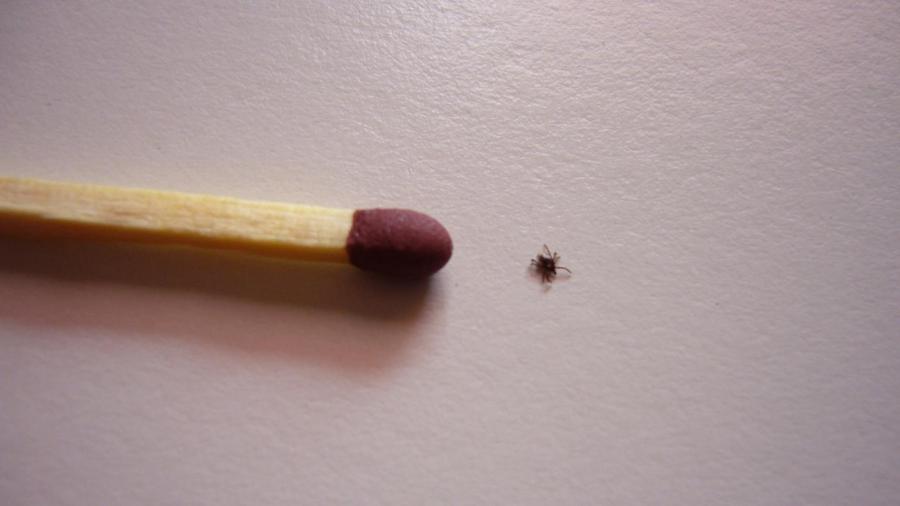What Does a Lyme Disease Tick Bite Look Like?

When Lyme disease is transmitted through a tick bite, it often produces a rash that takes a bull’s-eye shape with a centralized red spot surrounded by a red ring, as stated by Mayo Clinic. The rash develops over several days, and it may occur in more than one place.
The characteristic Lyme disease rash, known as erythema migrans, occurs within three to 30 days following a tick bite, and it affects 70 to 80 percent of infected individuals, as confirmed by the Centers for Disease Control and Prevention. As it expands, the rash can reach up to 12 inches in diameter, and it is normally warm to the touch with no signs of pain or itching. Some redness or a small bump at the site of the tick bite that disappears within several days is normal and does not necessarily indicate erythema migrans.
Erythema migrans can also take the form of a red lesion that expands and features a crust in the center, or it may feature multiple red blotches that are darker in the center, as revealed by the Centers for Disease Control and Prevention. There are a number of rashes related to other conditions that do not signal Lyme disease, and certain tick-related rashes may indicate other conditions, such as Southern tick-associated rash illness. Affected individuals should make an immediate doctor’s appointment for accurate diagnosis and treatment.





